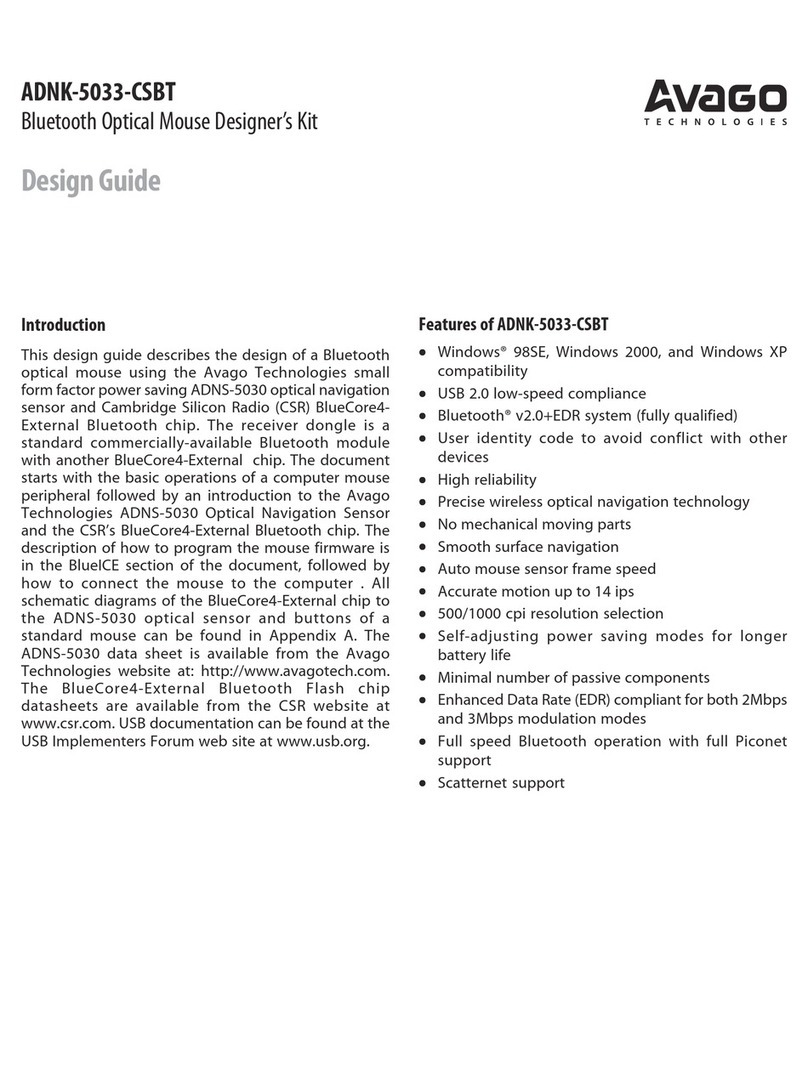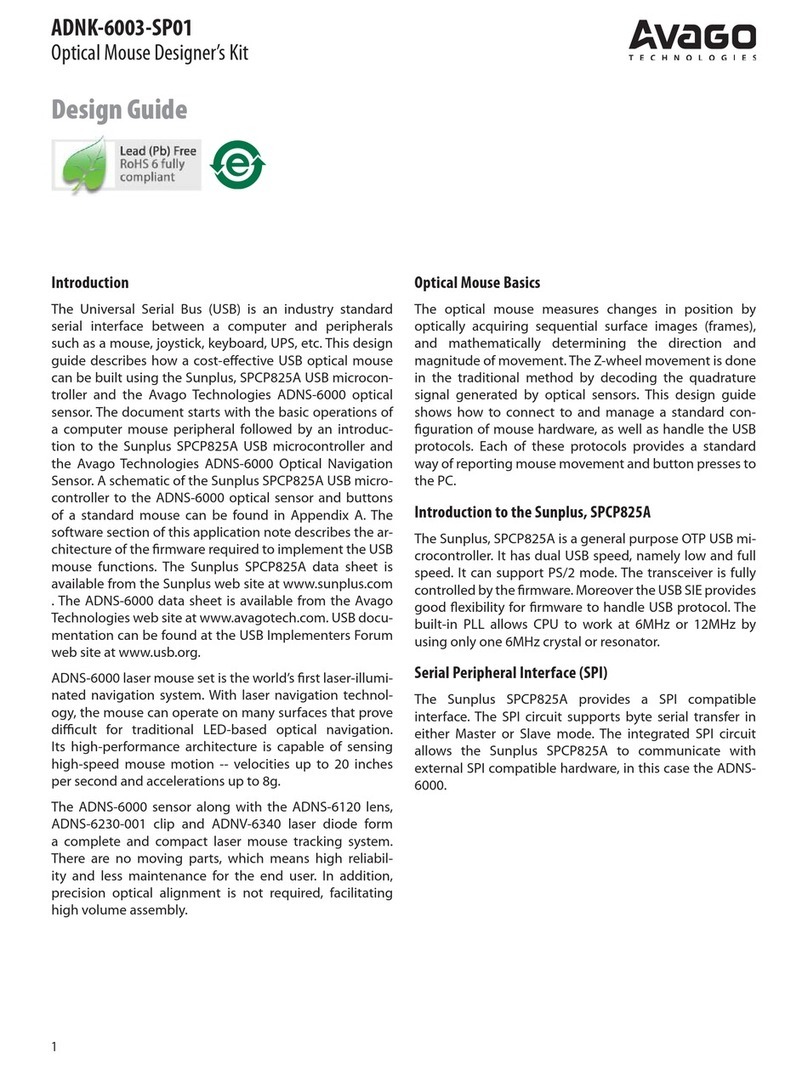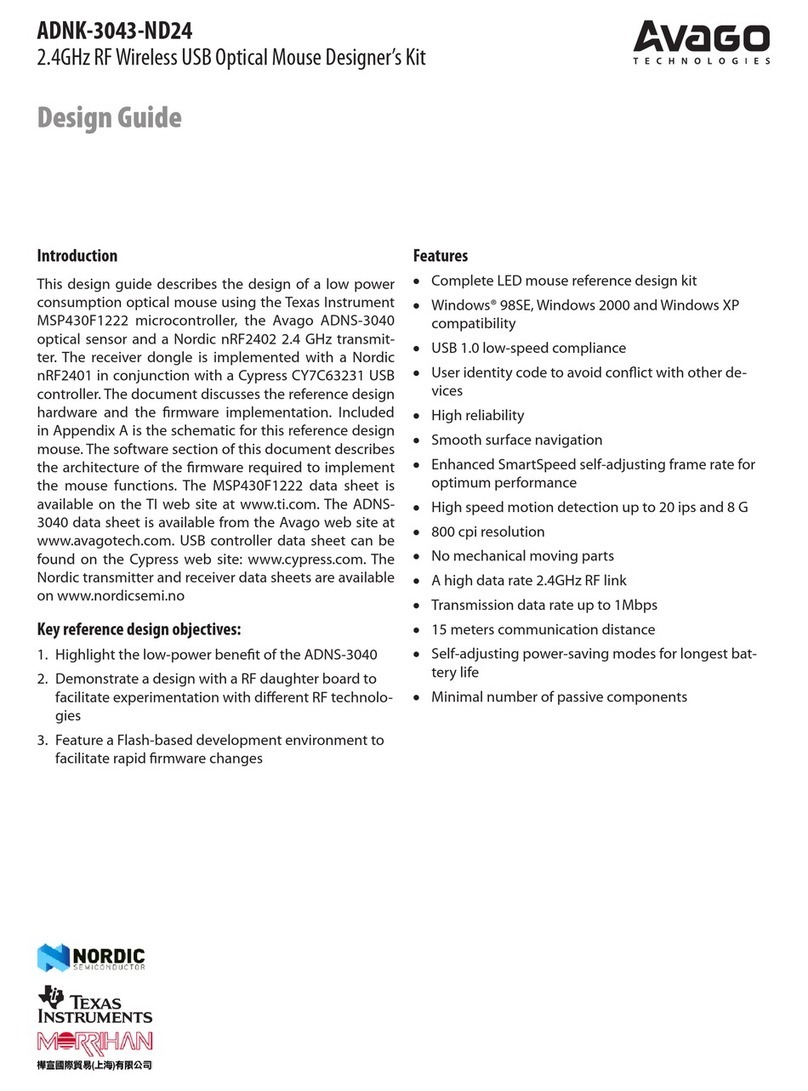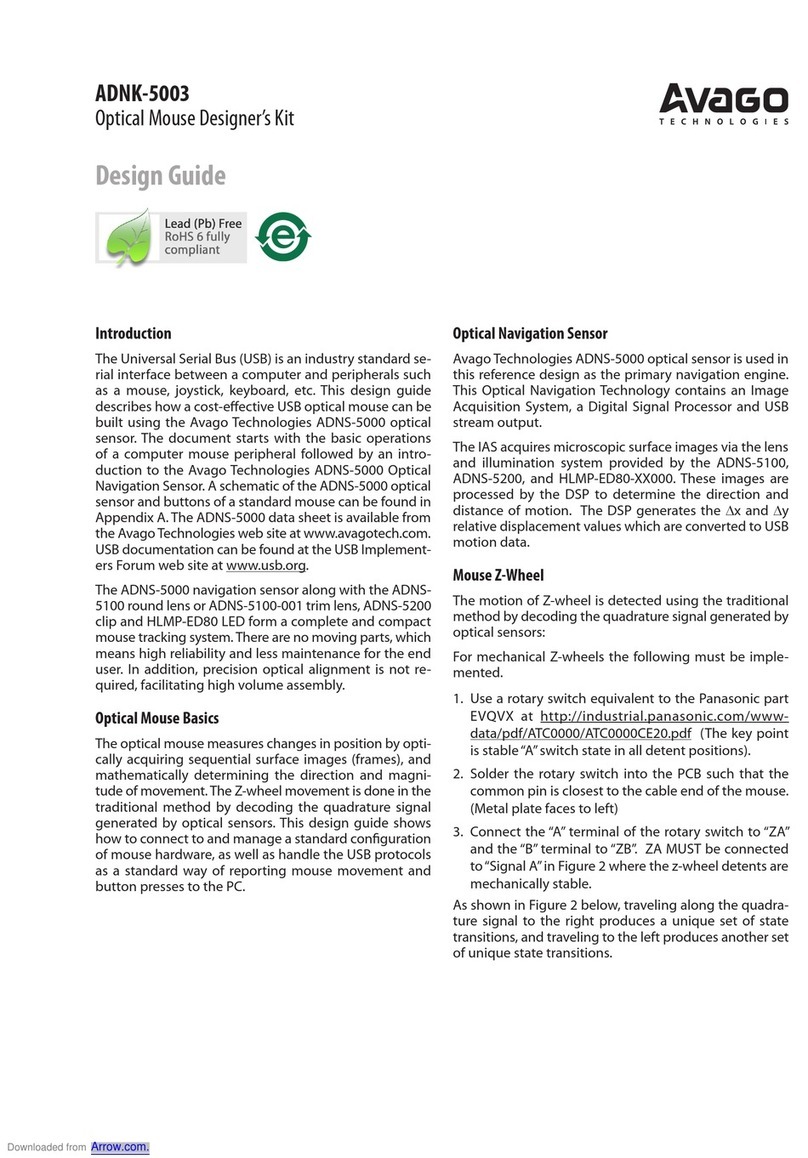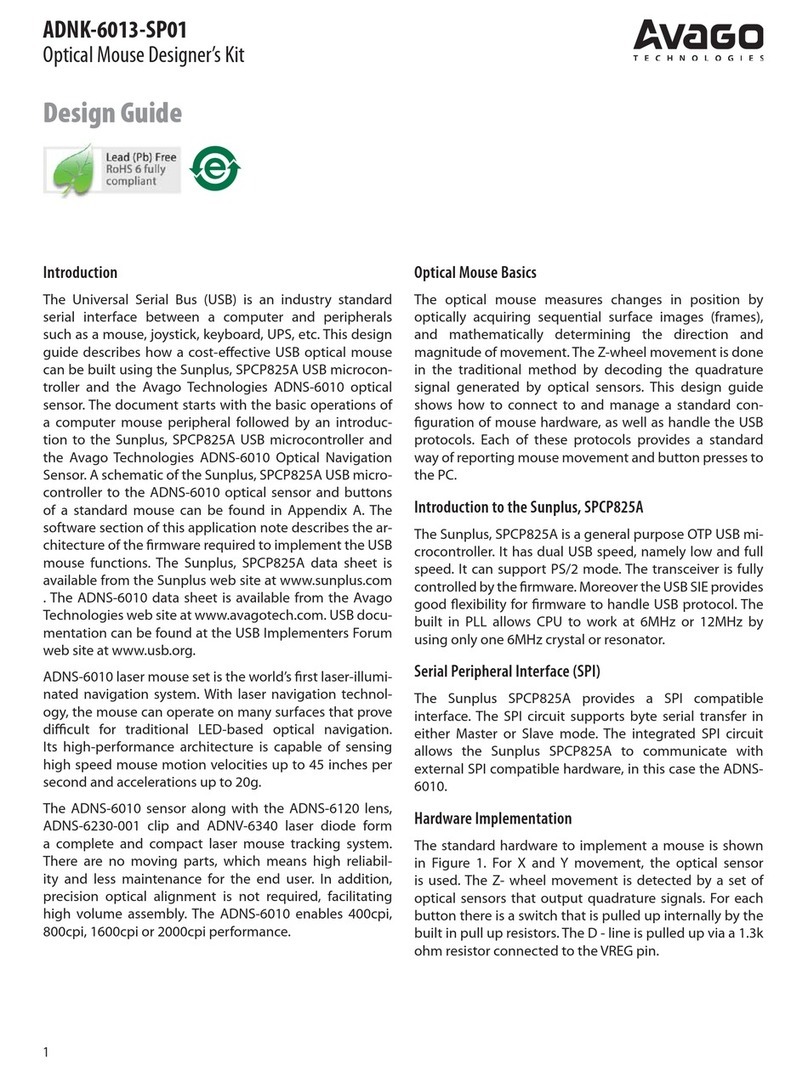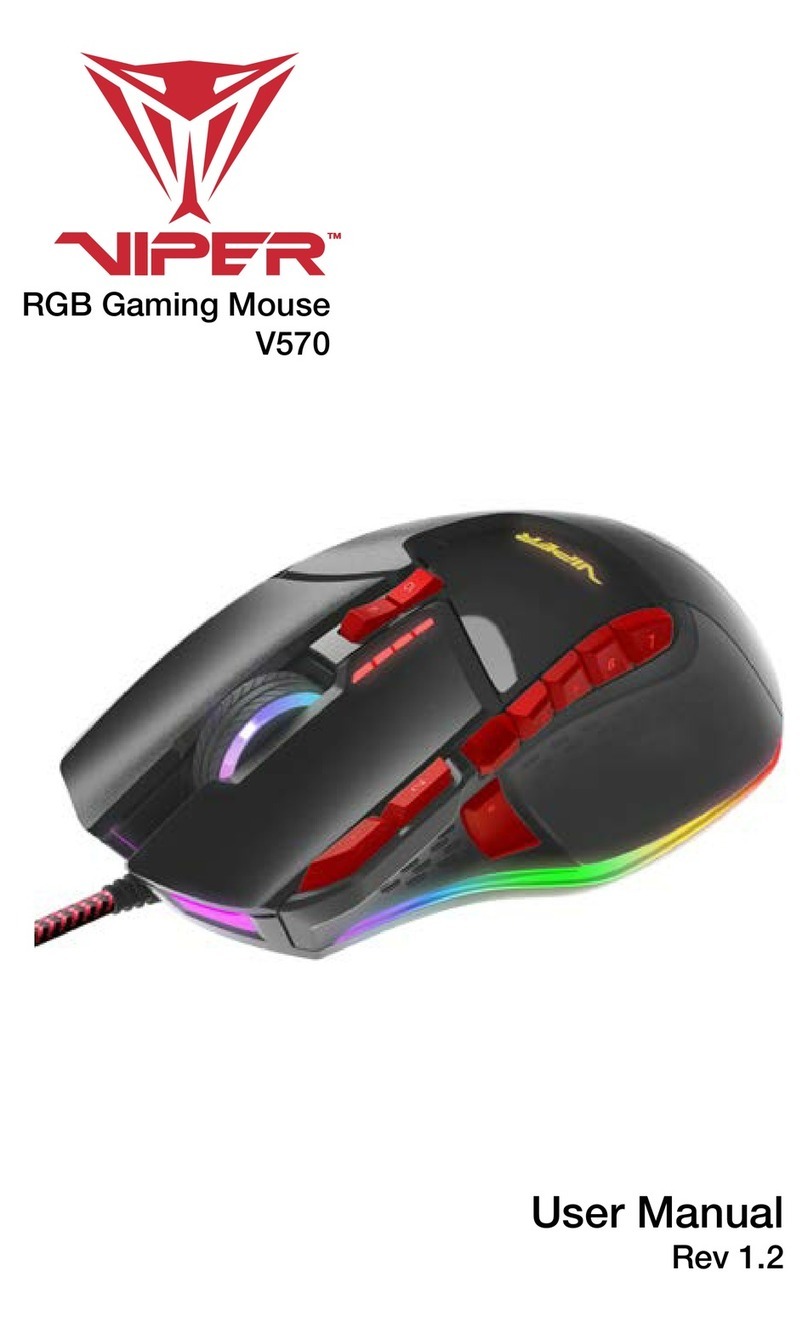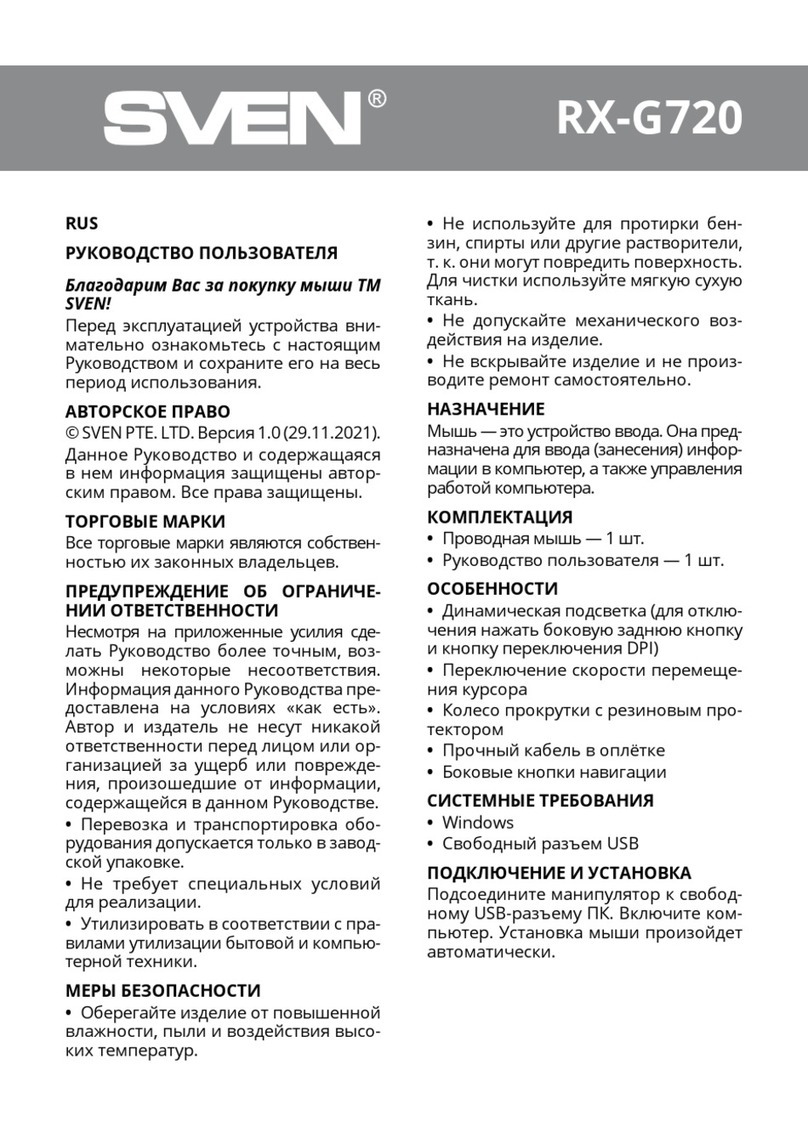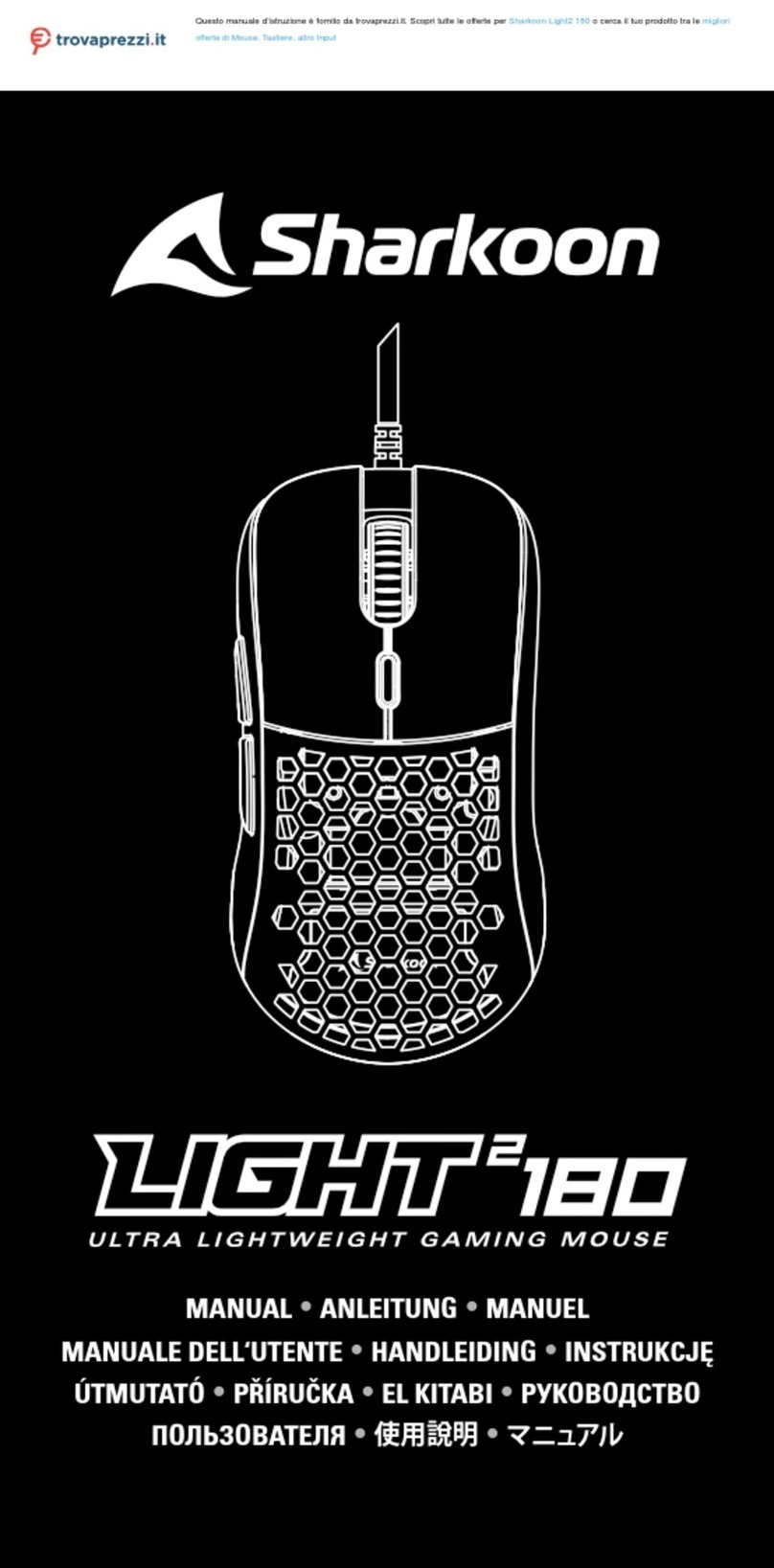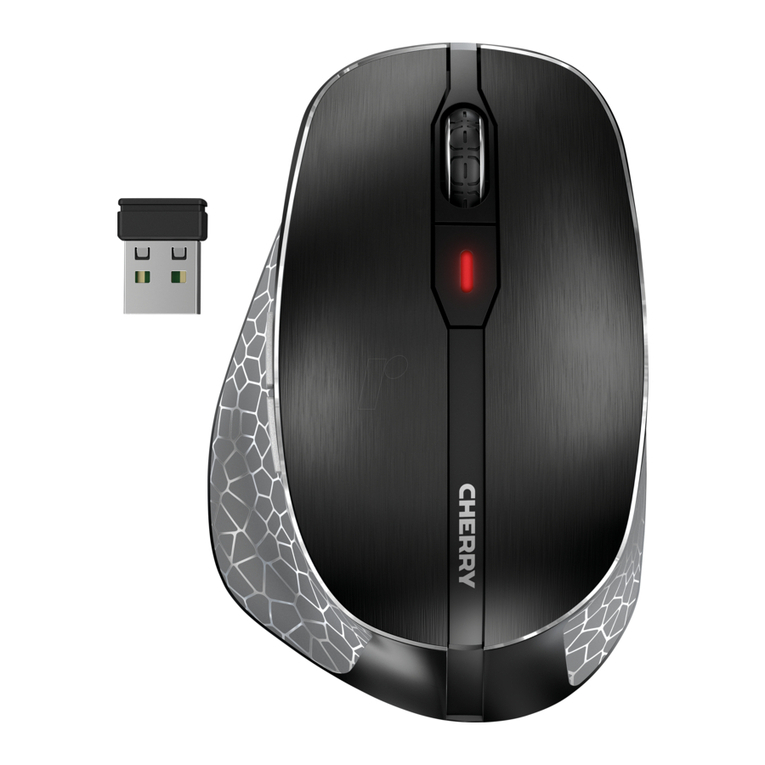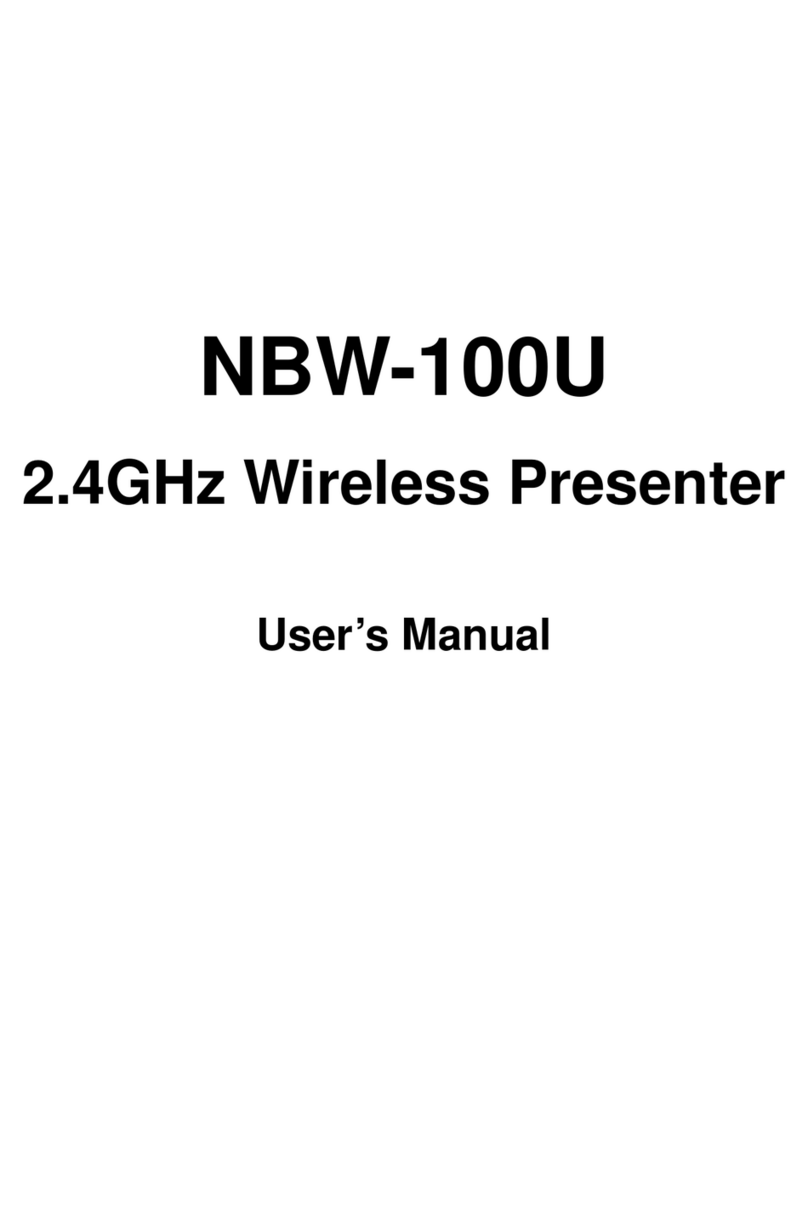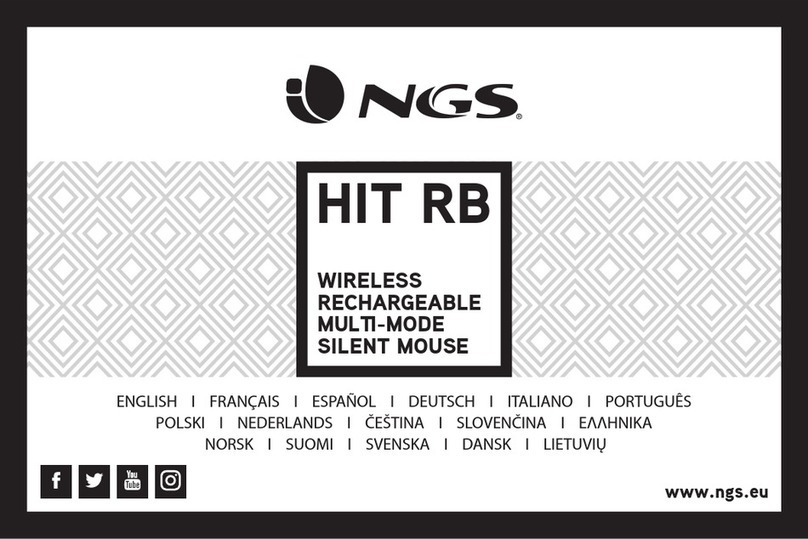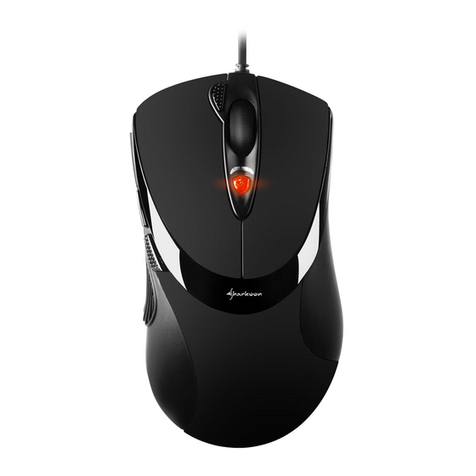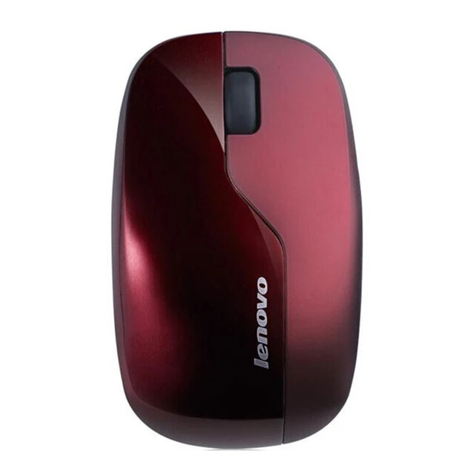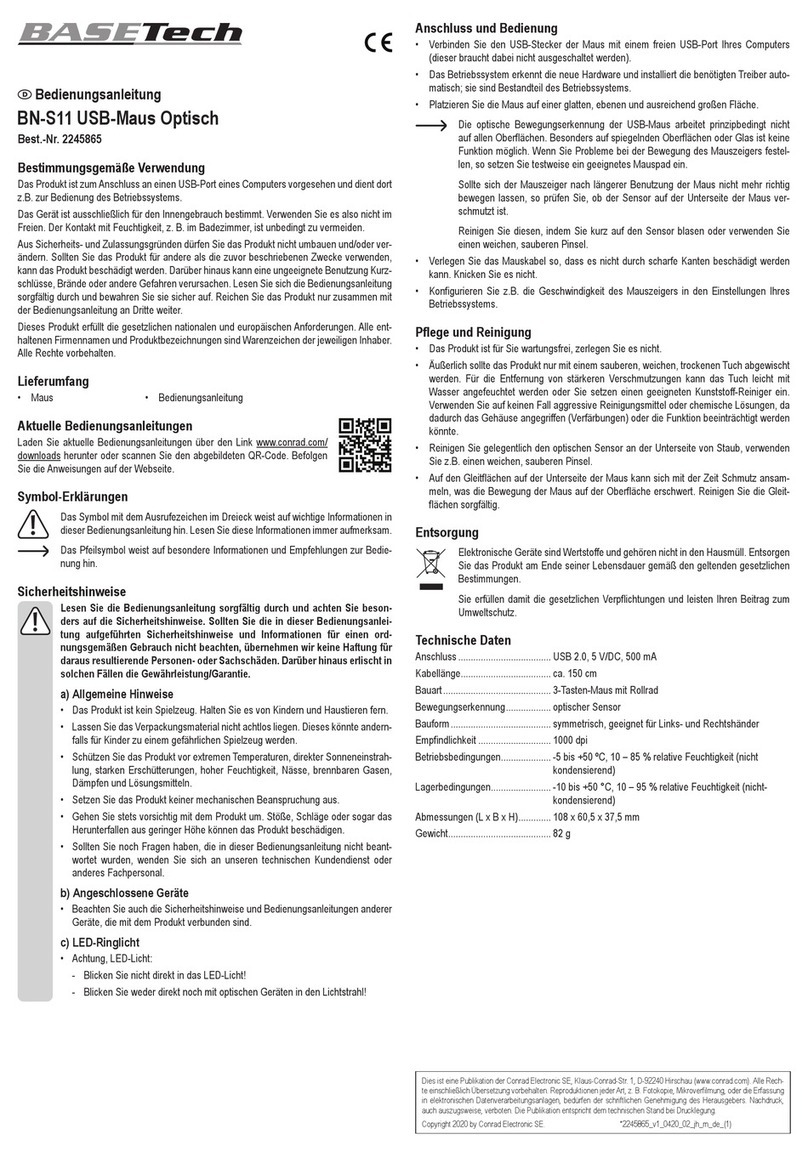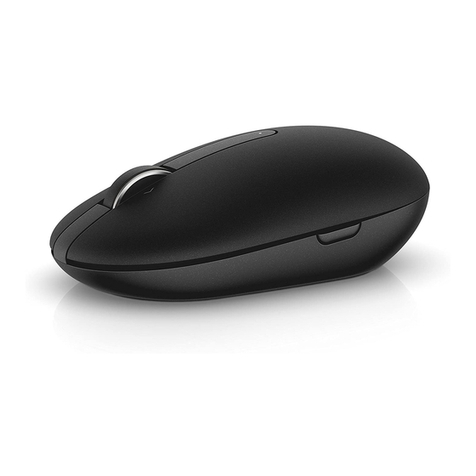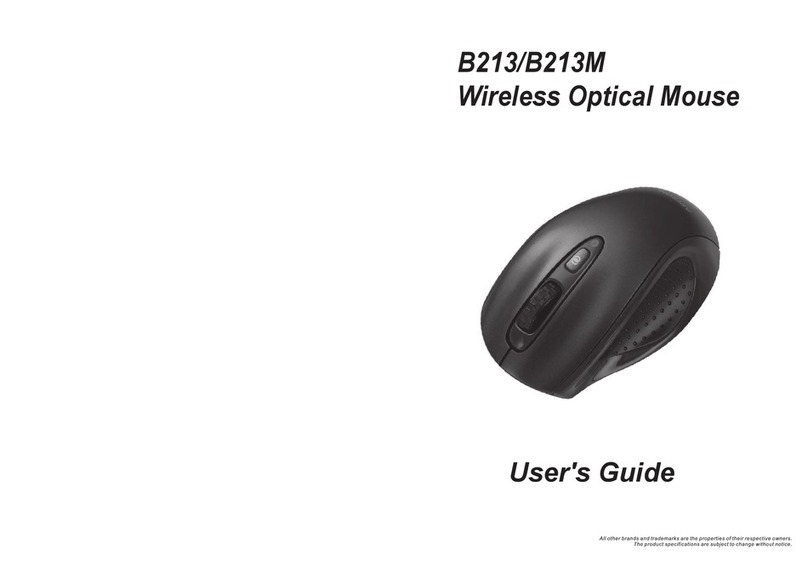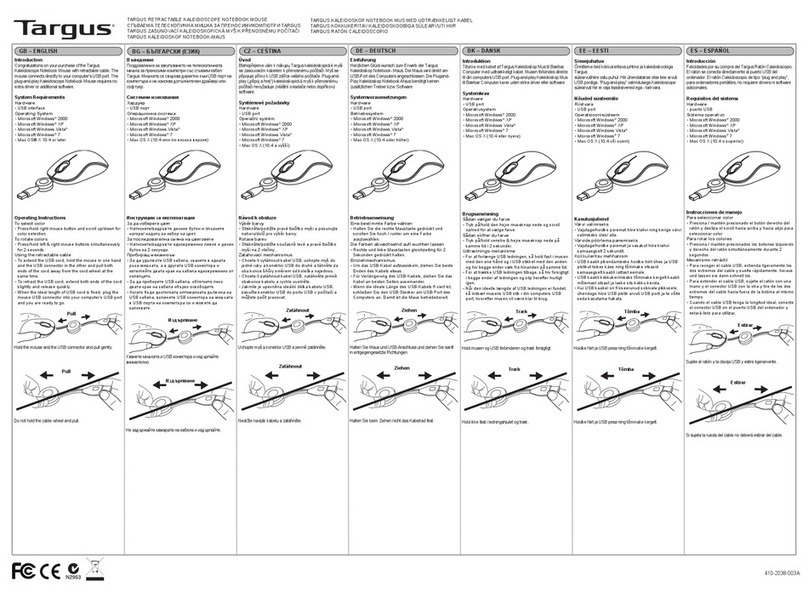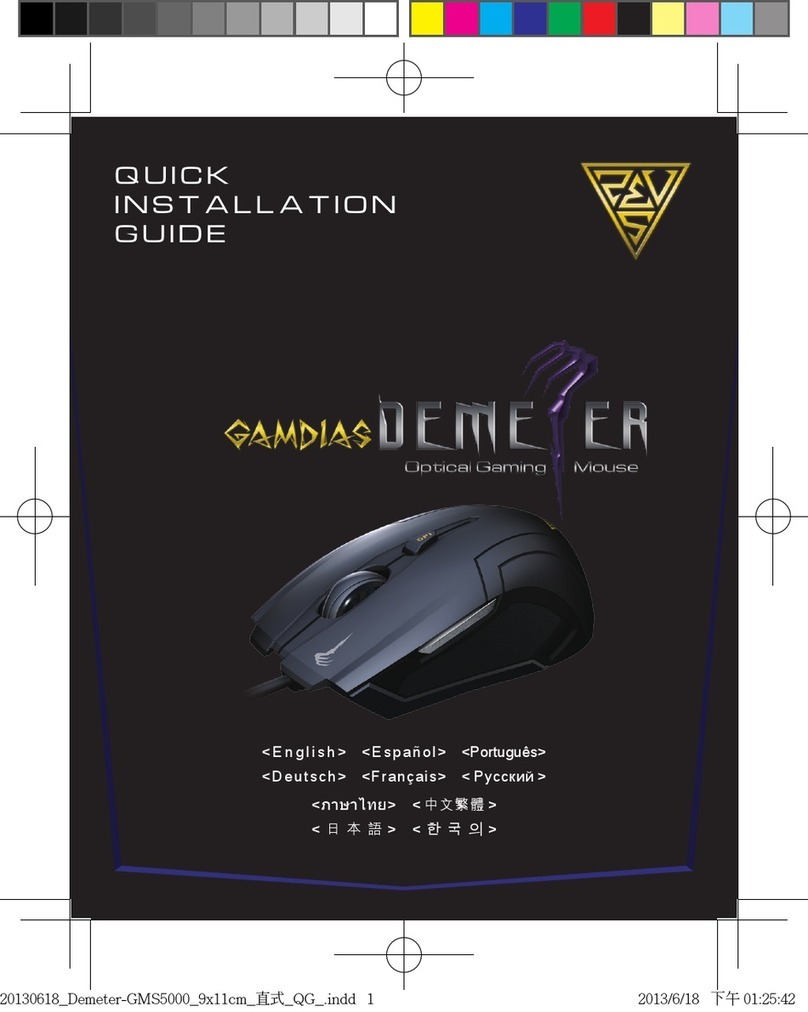
ADNK-2703
One Chip USB Mouse Designer’s Kit
Design Guide
Description
The Universal Serial Bus (USB) is an industry standard
serial interface between a computer and peripherals such
as mouse, joystick, keyboard, headset, etc.The ADNK-2703
design guide describes how a cost-eective USB optical
mouse can be built using the Avago Technologies ADNS-
2700 one chip USB optical mouse sensor. The document
starts with basic operation of USB optical mouse, followed
by the assembly recommendation, USB interface, OTP
congurations, system design considerations and applica-
tions circuits, BOM, and PCB layout in appendices.
ADNK-2703 consists of an ADNS-2700 USB reference de-
sign mouse, ADNS-2700 sensor along with the ADNS-5100
round lens or ADNS-5100-001 trim lens, the ADNS-5200
Clip, the HLMP-EG3E-XXXXX LED sample units and CD-
ROM with all relevant technical literatures and hardware
les. The on-chip One-Time-Programmable (OTP) memory
provides exibility for various congurations on resolu-
tion mode, USB motion data reporting size, customizable
VID and PID.The ADNS-2700 sensor, the ADNS-5100 round
lens or ADNS-5100-001 trim lens, the ADNS-5200 Clip, and
the HLMP-EG3E-XXXXX LED data sheets are available from
Avago Technologies website: www.avagotech.com.
USB Mouse Basic
The ADNS-2700 is the primary navigation engine of the
USB optical mouse based on optical navigation technology
that measures changes in position by optically acquiring
sequential surface images (per frames) and mathemati-
cally determining the direction and magnitude of motion
movement. It contains an Image Acquisition System (IAS), a
Digital Signal Processor (DSP) and USB stream output. The
IAS acquires microscopic surface images via the lens. These
images are processed by the DSP to determine the direc-
tion and distance of motion. The DSP generates the 'x and
'y relative displacement values which are converted to USB
motion data via USB protocol to the computer to translate
into the motion of a cursor pointer on a screen display.
The Z-wheel movement is done in the traditional method
by encoding the quadrature signal of an optical sensor or
mechanical encoder. This design guide shows how to con-
nect to and manage the available conguration of mouse
hardware via OTP programming, as well as handle the USB
protocols as a standard way of reporting mouse move-
ment and button presses to the PC.
Features
xOne chip USB mouse sensor
xUSB 2.0 Low Speed Compliance
x12 bits USB motion data reporting
xMeets HID Revision 1.11
xSingle 5.0 volts power supply
xHigh speed motion detection at 30 inches per second
(ips) and acceleration up to 8 g
xInput buttons: 3 buttons
xZ-Wheel interface for vertical scroll
xIntegrated oscillator
xIntegrated USB D- pull-up resistor
xProduct string is set to “USB Optical Mouse”
xOn-chip OTP memory for device conguration
exibility without any external software driver:
– Programmable resolution from 500 to 1250 counts
per inch (cpi) with 250 cpi step.
– Programmable sensor orientation
– Programmable VID and PID.
Figure 1. ADNS-2700 3 button Optical Mouse Hardware Block Diagram
CONTROL AND IO PROCESSOR
OSCILLATOR POWER
ON RESET
LED
DRIVE
IMAGE
PROCESSOR
V
O
L
T
A
G
E
R
E
G
U
L
A
T
O
R
D+
D+
ZA
ZB
XY_LED
SW BUTTONS
VDDA 5
GND
5 VOLT
POWER
USB
PORT
Z WHEEL
LED
Downloaded from Elcodis.com electronic components distributor


